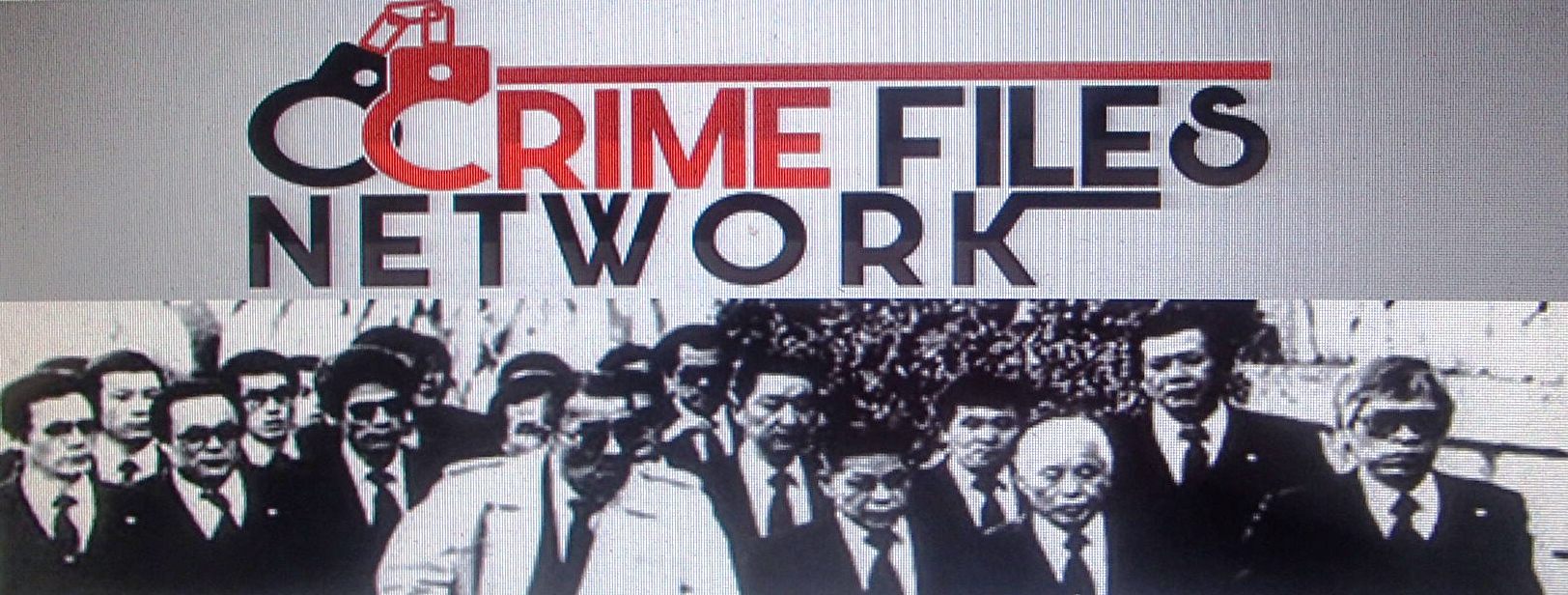I recently had the chance to review Matthew White’s The Great Big Book of Horrible Things: The Definitive Chronicle of History’s 100 Worst Atrocities (New York & London: W.W. Norton, 2012). Including an introduction by Harvard’s Steven Pinker, it offers an impressive 669-page analysis of, according to the author, the “one hundred events with the largest man-made death tolls, regardless of who was involved or why they did it.” (p. XIV)

I found White’s book both engaging and interesting because I am considering the historic impact of religion on warfare for an essay I am currently working on. As a result, I am in the process of surveying multiple works like this in an attempt to systematically count how many past wars have been inspired primarily by religious motivations, which will be one component of the essay. Indeed, religion has often been criticized as a primary source of conflict, with among the most notable recent examples coming from the neuroscientist Sam Harris, a prominent critic of the historic impact of religion on ancient and modern societies. Indeed, in his 2004 book The End of Faith: Religion, Terror, and the Future of Reason (New York & London: W.W. Norton, 2004), Harris referred to religious faith as “the most prolific source of violence in our history.” (p. 27) Harris is certainly not alone in making such claims, as they have been repeated by many others, both historically and today.
Regardless of the prevalence of criticisms of religion and its role in historical human violence, White’s study of the one hundred worst atrocities in history would seem to provide a counter to such claims by Harris and others. This is because of the one hundred events White lists in his detailed study, he only lists eleven of them under the category of “Religious Conflict” (p. 544) and two more under the category of “Human Sacrifice,” (p. 548) for thirteen atrocities equaling only 13% of the total. I have included the “Human Sacrifice” category in this case with religious conflicts because, as White notes, “ritualized killing was performed in hopes of earning the favor of supernatural forces.”
![]()
His lists include the following:
Religious Conflicts:
Taiping Rebellion- 20,000,000 Deaths (Rank- 6th)
Thirty Years War- 7,500,000 Deaths (Rank 17th)
Madhi Revolt- 5,500,000 (Rank 21st)
Crusades (in the East)- 3,000,000 Deaths (Rank- 30th)
French Wars of Religion- 3,000,000 Deaths (Rank 30th)
War in the Sudan- 2,600,000 (Rank 35th)
Albigensian Crusade- 1,000,000 Deaths (Rank- 46th)
Panthay Rebellion- 1,000,000 Deaths (Rank 46th)
Hui Rebellion- 640,000 Deaths (Rank 66th)
Partition of India- 500,000 (Rank 70th)
Cromwell’s Invasion of Ireland- 400,000 Deaths (Rank 81st)
Human Sacrifice:
Gladiatorial Games- 3,500,000 Deaths (Rank 28th)
Aztec Sacrifice- 1,200,000 (Rank 45th)
![]()
There are at least two other conflicts that might be added to the totals given by White that involve significant enough religious motivations to be included here. They include the Roman-Jewish Wars (350,000 Deaths- Ranked 94th) and the Great Turkish War (384,000 Deaths- ranked 89th). White lists the Roman Jewish Wars under the primary category of “Colonial Wars” and the Great Turkish Wars under the primary category of “Clash of Cultures.” While White or others could certainly make a strong argument for framing both wars these ways, there is nevertheless a significant enough religious component to include them under the general category of religious wars, even if only to fend off potential critics who would object to their exclusion. Including them does not change the final analysis much, as instead of 13% of the world’s greatest atrocities being religiously inspired it brings the total to 15%.
I realize one can quibble with a lot here (and White recognizes it as well, making several allowances for potential criticism). Ancient death tolls are hard to figure, as are, quite often, modern ones as well. But White usually takes an intelligent approach to considering these issues and I encourage the reader to checkout his methodology for themselves. Moreover, many might read his list and worry that they do not see a particular atrocity listed among the top one hundred. In anticipation of such concerns, White provides a fascinating appendix in which he lists several other atrocities, some well known, and explains why they did not qualify to be included in his grim rankings. There is also the issue of proportionality based on historical population size. This is an issue considered by Steven Pinker in his Better Angels book released in 2011, which argues that when one accounts for massive population differences the modern age is less violent than past ages. More on Pinker’s work can be viewed here.
In my final analysis of White’s work, only around 15% of the worst atrocities in history can be attributed primarily, or at least significantly, to religion. The other 85% fall under a series of other causes, such as “Hegemonial War,” which includes the Crimean War, the Seven Years War, etc…, or “Failed States,” to include the Fall of the Ming Dynasty, the Fall of the Western Roman Empire, etc…. White provides several other well-reasoned categories. To be clear, this is not to suggest that religious conflict has not resulted in a lot of deaths throughout history, or to downplay the fact that up to 15% of the atrocities listed by White have either a primary or significant religious motivation, but only to point out that his findings do not support the claim that religious faith, in itself, has been the “most prolific source of violence in our history.” Or, at least, this is not the case when considering the greatest atrocities in history.
CREDIT FOR THIS STORY GOES TO
Religion and the 100 Worst Atrocities in History
![]()

